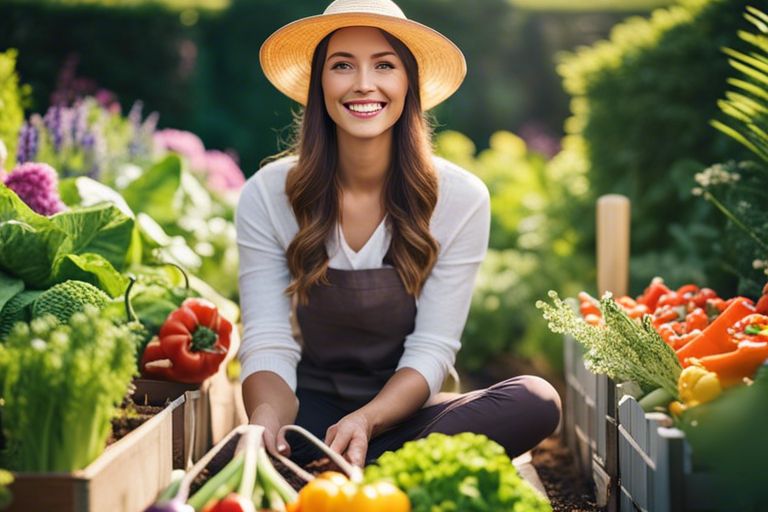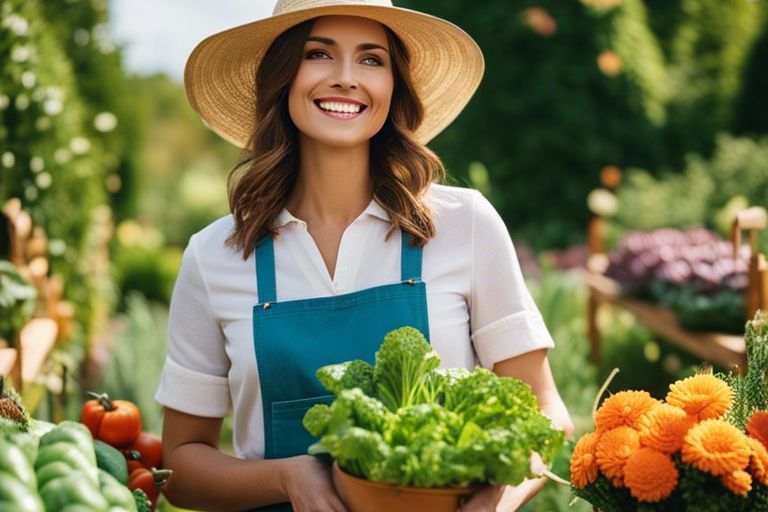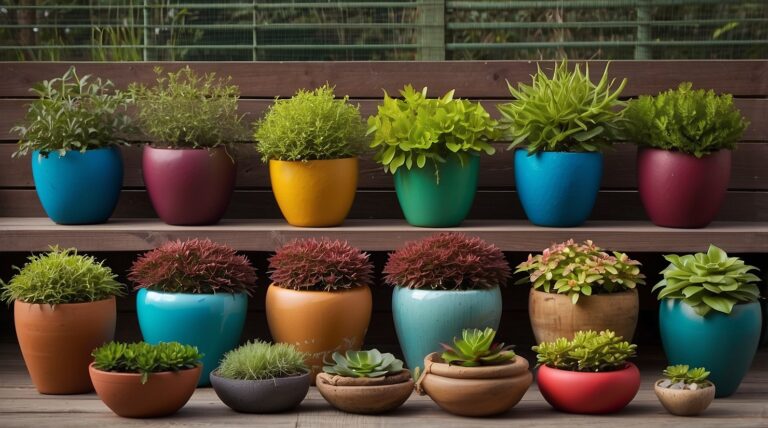Necessary Gardening Knowledge for Beginners

Gardening can be a rewarding and enjoyable hobby for beginners, but without the right knowledge, it can also lead to frustration and disappointment.
Understanding the basics of gardening is crucial to ensure your plants thrive and flourish.
From knowing the proper sunlight and watering requirements for different plants to recognizing common pests and diseases, this blog post will cover the vital information every beginner gardener needs to know to set themselves up for success in their gardening journey.

Setting Up Your Garden
Choosing the Right Location

A great garden starts with a great location.
When choosing where to set up your garden, consider a spot that gets at least 6-8 hours of sunlight a day.
Make sure the area has access to water and is not prone to flooding.
Keep in mind the proximity to your home to make maintenance easier.
Tools of the Trade: What You Need to Get Started

Your journey into gardening will be much smoother with the right tools.
Some necessary tools to start with include a hand trowel, pruners, a garden hose, gloves, and a watering can.
These will help you with various tasks from planting to watering and pruning.
What are some other tools you may need as you explore deeper into gardening? Depending on the scale of your garden, you might want to consider investing in a shovel, rake, hoe, and a wheelbarrow.
These tools will help you tackle bigger projects, like planting trees or moving heavy materials.

Soil and Planting
The Scoop on Soil Types

One of the first steps in successful gardening is understanding different soil types and their characteristics.
Whether you have sandy, loamy, clayey, or silty soil, each type has its own advantages and challenges.
Perceiving the composition of your soil will help you determine the best plants to grow and how to improve its quality.
| Sandy Soil | Loamy Soil |
| Clayey Soil | Silty Soil |
| Peaty Soil | Chalky Soil |
Planting Tips: From Seeds to Seedlings

For successful planting, proper technique is vital.
Any gardening enthusiast should know the basics, from sowing seeds to caring for young seedlings.
The right depth, spacing, and timing are crucial for a flourishing garden. The right conditions will ensure that your plants thrive from the start.
- Choose the right seeds for your region
- Plant at the correct depth
- Water gently and regularly
- Protect seedlings from pests
Understanding Planting Tips: From Seeds to Seedlings
Starting your garden from seeds or seedlings is a rewarding experience.
The key to success lies in providing the right environment for your plants to grow.
Understanding the needs of different plants, such as sunlight, watering, and soil requirements, will ensure a bountiful harvest.
Whether you are planting vegetables, flowers, or herbs, proper care from seeding to transplanting is vital for healthy, thriving plants.
- Provide the appropriate light and temperature
- Use quality soil and fertilizer
- Monitor growth and adjust care as needed
- Transplant seedlings at the right time
Garden Maintenance
The Essentials of Watering and Weeding

Despite how it may seem, watering and weeding are crucial parts of garden maintenance.
Watering your plants regularly, but not overly so, ensures they have the necessary hydration to thrive.
Weeding, on the other hand, helps prevent unwanted plants from competing for resources with your beloved flowers and vegetables.
Dealing with Pests and Diseases

For a beginner gardener, dealing with pests and diseases can be a daunting task.
One imperative tip is to regularly inspect your plants for any signs of infestation or sickness.
One common pest is aphids, which can quickly multiply and damage your plants.
To combat these intruders, consider using natural remedies or seeking advice from your local garden center.
To prevent pests and diseases from spreading, it’s important to take immediate action when you notice any issues.
Remove any infected plants or leaves promptly and dispose of them properly.
Keeping a close eye on your garden and taking proactive measures can help maintain a healthy and thriving garden.

Harvesting and Beyond
Knowing When and How to Harvest
Many beginners may feel confused about when and how to harvest their garden produce.
It’s crucial to research each type of plant to understand the signs of ripeness.
For example, tomatoes should be firm and have a deep color when ripe, while lettuce is best harvested in the morning before it gets too hot.
Using the right tools, like sharp scissors for delicate herbs or a trowel for root vegetables, can help ensure a successful harvest.
Preparing Your Garden for the Next Season
Any successful gardener knows that preparing your garden for the next season is crucial for future harvests.
Cleaning up your garden by removing dead plants and debris can help prevent diseases and pests from overwintering.
Adding compost or mulch to the soil can replenish nutrients and improve its structure.
Taking the time to plan out crop rotations for the next season can also help prevent soil depletion and pest problems.
Beyond knowing when and how to harvest and preparing your garden for the next season, it’s important to consider the impact your gardening practices have on the environment.
Using sustainable methods such as composting, mulching, and water conservation not only benefit your garden but also contribute to a healthier planet.
Bear in mind, gardening is not just about growing plants—it’s about nurturing a balanced ecosystem that can thrive for years to come.
Conclusion
Drawing together all the necessary gardening knowledge for beginners can help anyone initiate on their gardening journey with confidence.
Learning about soil health, sunlight requirements, watering needs, and plant care basics lays a solid foundation for successful gardening experiences.
Remember to start small, stay patient, and enjoy the process of watching your plants thrive and grow!






